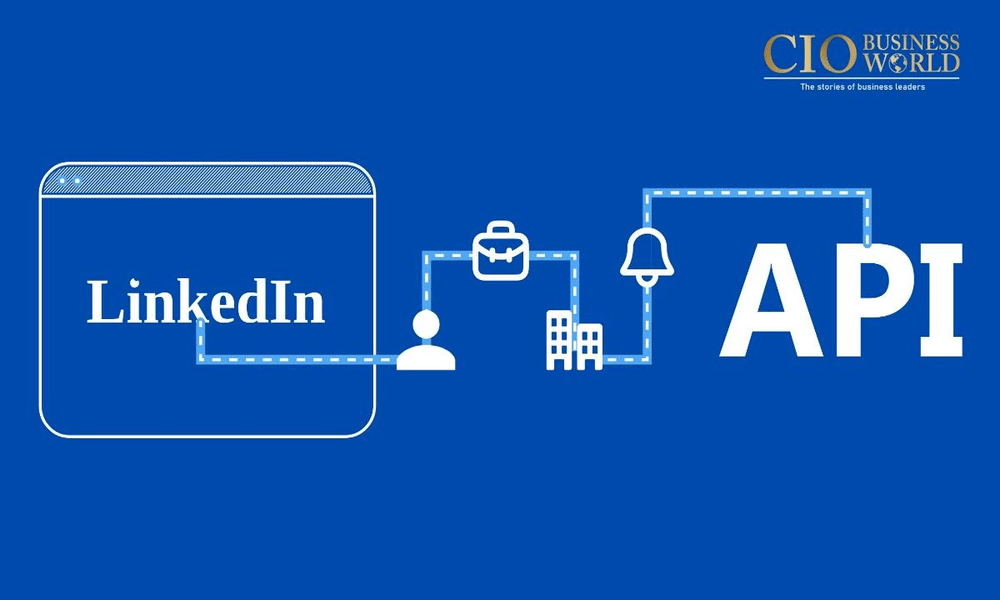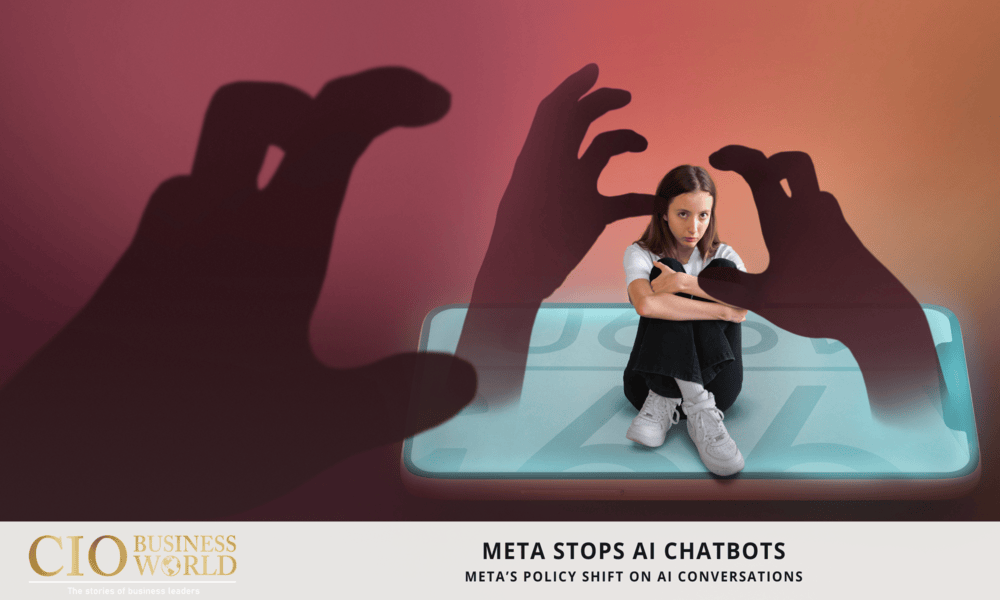As benefits costs increase, employers in the United States are looking at their strategy for 2025 to manage the impact of rising healthcare, insurance, and wellness program costs. With inflationary pressures and changing labor expectations, many businesses are at a crossroads: balancing budgetary discipline with talent retention.
According to recent data, the average cost of employee benefits is projected to rise nearly 6.5% this year, outpacing wage growth and challenging companies’ financial planning. This spike has prompted employers to adopt new approaches, from reevaluating insurance providers to introducing high-deductible health plans.
Employers Benefits Costs: Adjusting Strategies for a New Reality
One significant trend is the greater focus on cost-sharing. Employers are asking employees to pay a somewhat higher part of premiums or co-pays, but most are careful not to alienate workers. The idea is to maintain coverage quality while promoting responsibility sharing.
In response to these challenges, some companies are turning to digital health solutions. Virtual care platforms and AI-powered wellness tools have emerged as cost-effective alternatives, reducing the need for in-person visits and supporting early intervention.
Another common move is plan redesign. Many HR leaders are simplifying benefits packages and removing underutilized offerings to streamline costs. A growing number of employers are consolidating providers to gain better pricing leverage and improve administrative efficiency.
Additionally, wellness incentives remain a key part of the strategy. Employers are investing in preventative care programs — such as biometric screenings, mental health support, and fitness subsidies — that encourage healthier lifestyles and ultimately reduce long-term claims.
Hybrid work models also play a role in managing costs. With fewer employees commuting or using on-site services, some firms are reallocating office-related benefit funds into flexible wellness stipends or mental health reimbursements.
HR executives are also engaging more frequently with employees to understand which benefits they truly value. Through surveys and feedback sessions, companies are gaining insights that inform benefit design while avoiding wasteful spending.
Even with rising expenses, many businesses see benefits as a competitive advantage in a tight labor market. “Cutting benefits is not the answer,” said a benefits director at a major technology company. “We’re focusing on smarter, data-driven decisions to offer what matters most.”
As the pressure continues, innovation in benefits strategy is becoming essential. Employers willing to adapt, engage, and optimize will be better positioned to support their workforce while keeping costs under control.
In 2025, controlling employer benefits expenditures is more than just budgeting; it is about creating long-term value for both the organization and its employees.















